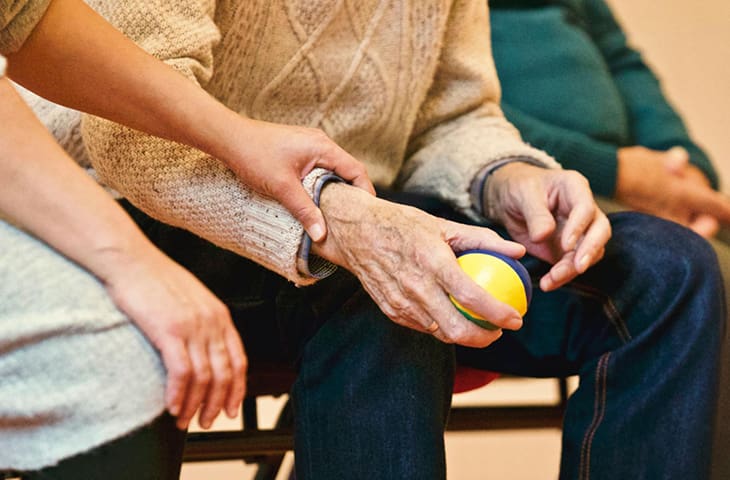How To Pay For A Home-care Worker

Medicaid, the joint federal and state health insurance program for people with low incomes, pays for long term care, in nursing homes and, often, at home. A home health aide may be covered. Under some programs, you can pay a family member for the job, Edgerly says. But coverage and eligibility guidelines vary by state.
“Seldom does community Medicaid pay for 24-hour care,” at home, Flynn says.
First step: Find out about Medicaid eligibility and other answers from the American Council on Aging. Or contact your state’s Medicaid office.
7. Veteran’s benefits
Too few veterans know that “if you're a veteran, you're entitled to home care,” when you need it, even if your needs have nothing to do with service-related injuries or disabilities, Flynn says.
The care must be prescribed by a Veterans Health Administration primary care provider, Flynn says, so even if you don’t need it yet, it’s a good idea to connect with your nearest VA facility and get a provider.
First step: Talk to your community’s veteran’s service officer, says Flynn. Caregivers also can call VA’s caregiver support line at 1-855-260-3274
8. PACE
Programs of All-Inclusive Care for the Elderly (PACE) is a small but growing Medicare and Medicaid initiative aimed at keeping frail seniors out of nursing homes. About 80,000 people participate in more than 180 PACE programs in 33 states, according to the National PACE Association. Most participants are eligible for both Medicare and Medicaid.
The program is “a one stop shop” for people who need “a nursing home level of care,” but can stay at home with enough support, Edgerly says. A health care team decides what services are needed. Those services are covered by PACE even if Medicare or Medicaid wouldn’t cover them. Along with medical care, that can include personal care, help with chores, rides to medical appointments, caregiver training and other supports.
First step: The National PACE Association has information on PACE programs around the country.
9. Tax credits and deductions
If you’re spending your own money to pay for home health aides and other health expenses for yourself or someone else, you may be able to get some relief at tax time.
For example, a federal tax credit of up to $4,000, is available in some cases to offset the costs of paid care. Some states offer their own tax credits for caregivers. AARP is urging Congress to pass a $5,000 caregivers’ tax credit. A credit is a direct amount subtracted from your tax bill.
The IRS has tools you can use to see if you qualify for existing caregiver tax credits.
You might also be eligible for some deductions — amounts spent on health care that can be subtracted from your taxable income if you itemize your taxes.
First step: AARP Foundation’s Tax-Aide, a free tax-preparation service, can help with taxes. Schedule an in-person appointment from February to April each year.
More resources
- Area Agencies on Aging. Connect with home helpers in your community, and supportive services through the Eldercare Locator or by calling 1-800-677-1116.
- Community Resource Finder from the Alzheimer’s Association and AARP, can help you find home care providers, community services, and more.
- BenefitsCheckUp. This free service from the National Council on Aging helps you find benefits and counselors. You can also call 1-800-794-6559.
- AARP's toll-free caregiver support line agents can guide you to resources. The lines are staffed Monday-Friday, 8 a.m. to 8 p.m. ET at 1-877-333-5885, or in Spanish at 1-888-971-2013
- AARP’s initiative with United Way connects caregivers to help in their state or community. Check out the online family resource guides with directories of services or call 211 for advice.
Editor's note: This article, originally published Oct. 24, 2016, has been rewritten with more recent information.
Popular Products
-
 5V USB Heating Pad for Jackets
5V USB Heating Pad for Jackets$45.99$31.78 -
 Reusable Adult Bib with Crumb Catcher
Reusable Adult Bib with Crumb Catcher$20.99$13.78 -
 Inflatable Portable Hair Washing Basi...
Inflatable Portable Hair Washing Basi...$68.99$47.78 -
 Portable Unisex Travel Urinal
Portable Unisex Travel Urinal$49.56$24.78 -
 Foldable Garbage Picker Grabber Tool
Foldable Garbage Picker Grabber Tool$93.56$46.78